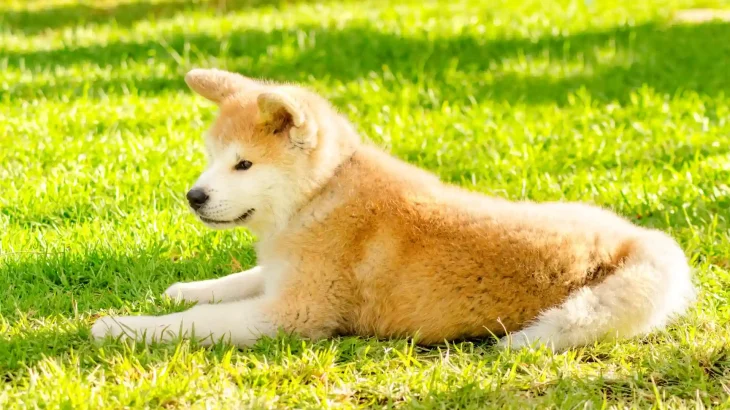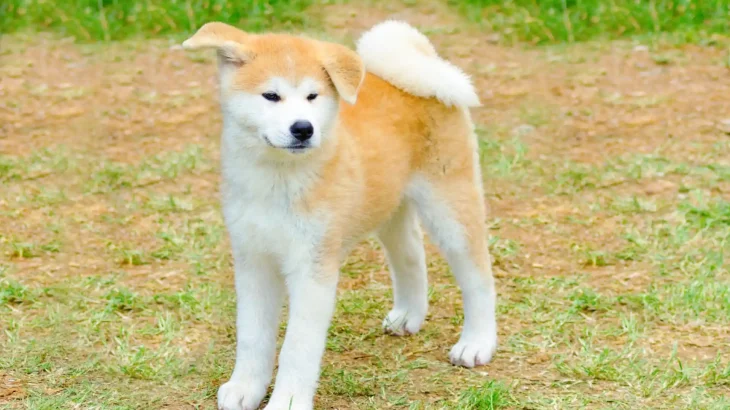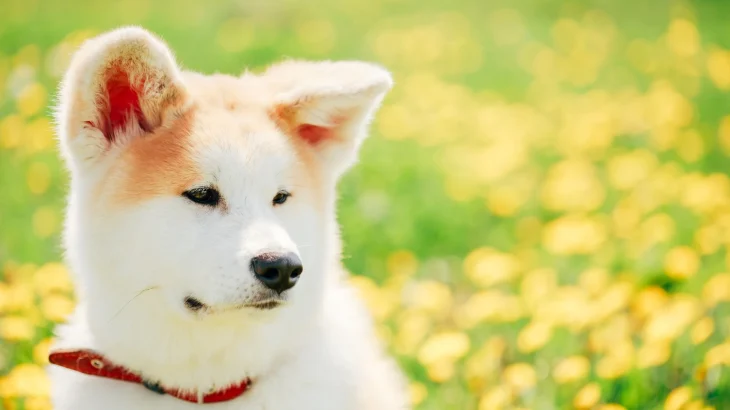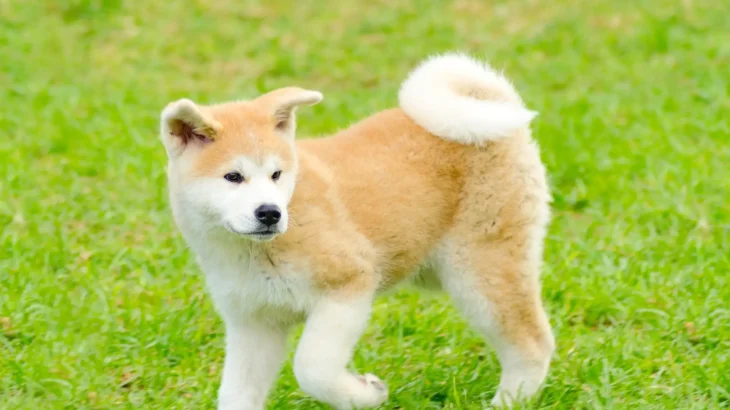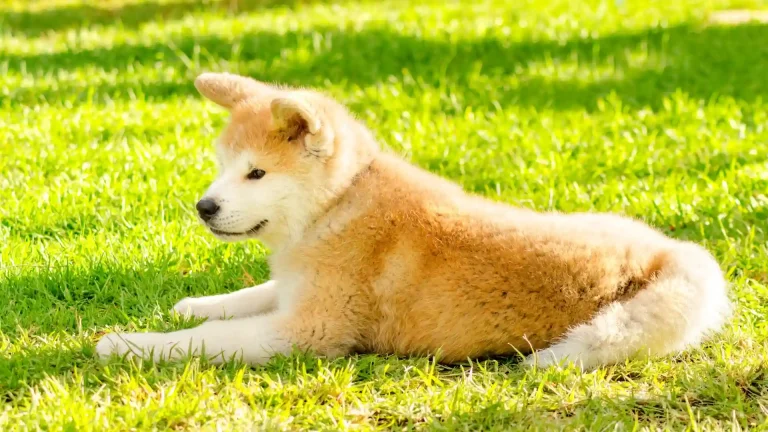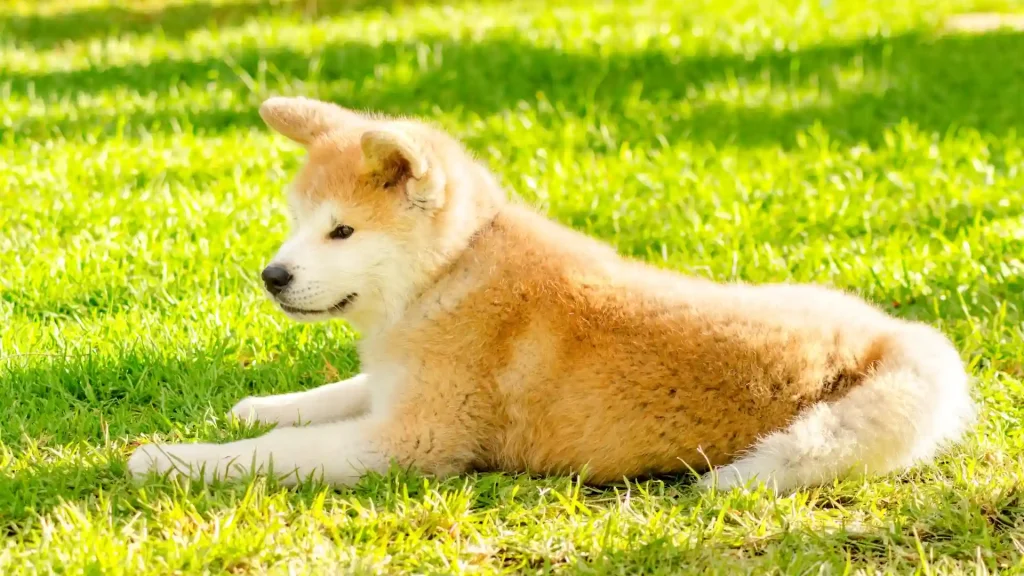Deciding whether to adopt or buy an Akita Inu puppy depends largely on your priorities regarding cost, health information, and ethics. Buying from a breeder usually offers detailed health histories and pedigree but costs more, while adoption is often cheaper and supports animal welfare by giving homes to dogs in need.
Adoption vs. Breeder: Pros & Cons
| Criteria | Buying from Breeder | Adopting from Shelter/Rescue |
|---|---|---|
| Cost | Higher initial cost, often more than adoption fees. | Lower fees, usually covering vaccinations and spay/neuter. |
| Health History | Detailed records and genetic screenings usually given. | Health history might be uncertain; shelters do basic checks. |
| Age Availability | Primarily puppies, allowing early training and socialization. | Varied ages, including adults and seniors. |
| Temperament Insight | Breeders can share lineage and early socialization details. | Shelters observe behavior but may lack full background. |
| Supporting Practices | Supports breeding programs; important to choose ethical breeders. | Helps reduce shelter populations, promotes rescue efforts. |
| Ethical Considerations | Risk of supporting puppy mills if not careful; responsible breeders follow standards. | Gives a home to a dog in need; promotes animal welfare. |

